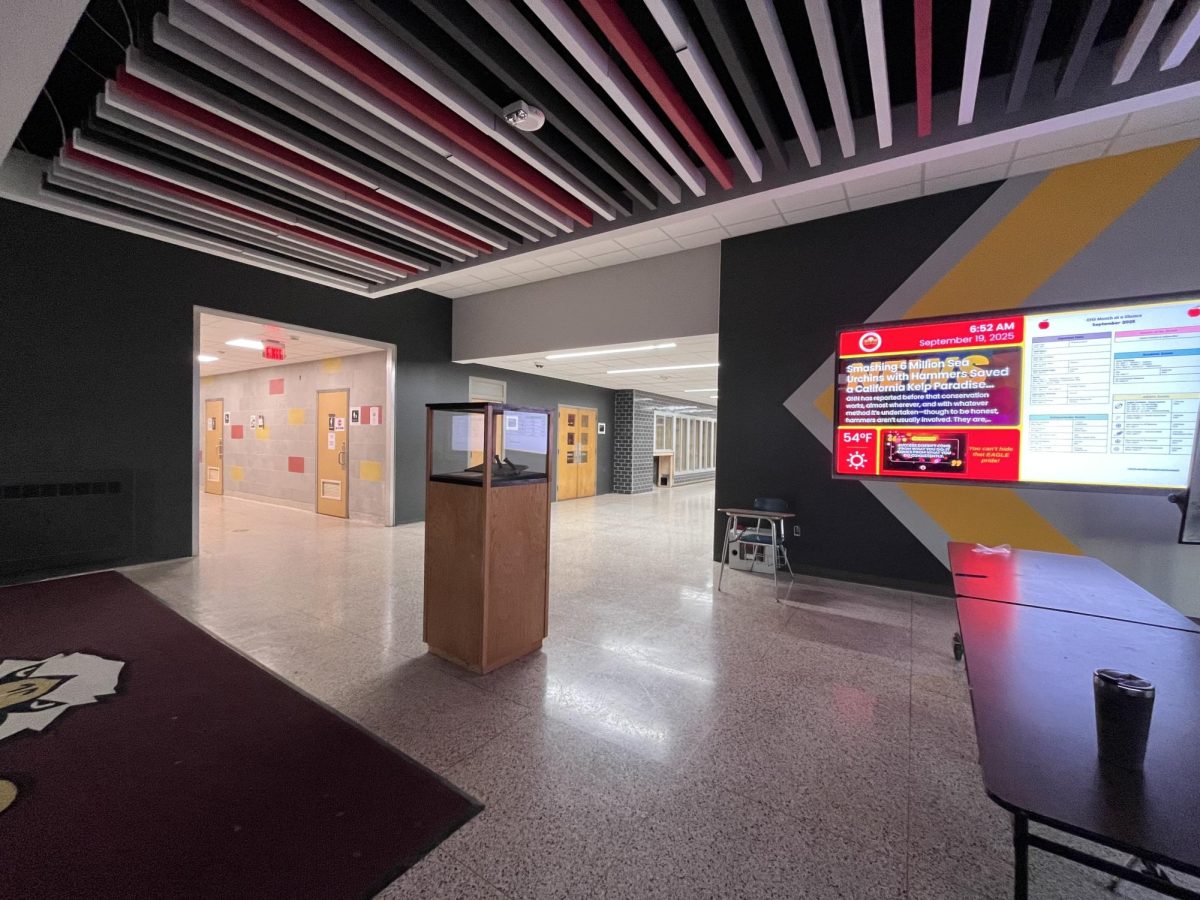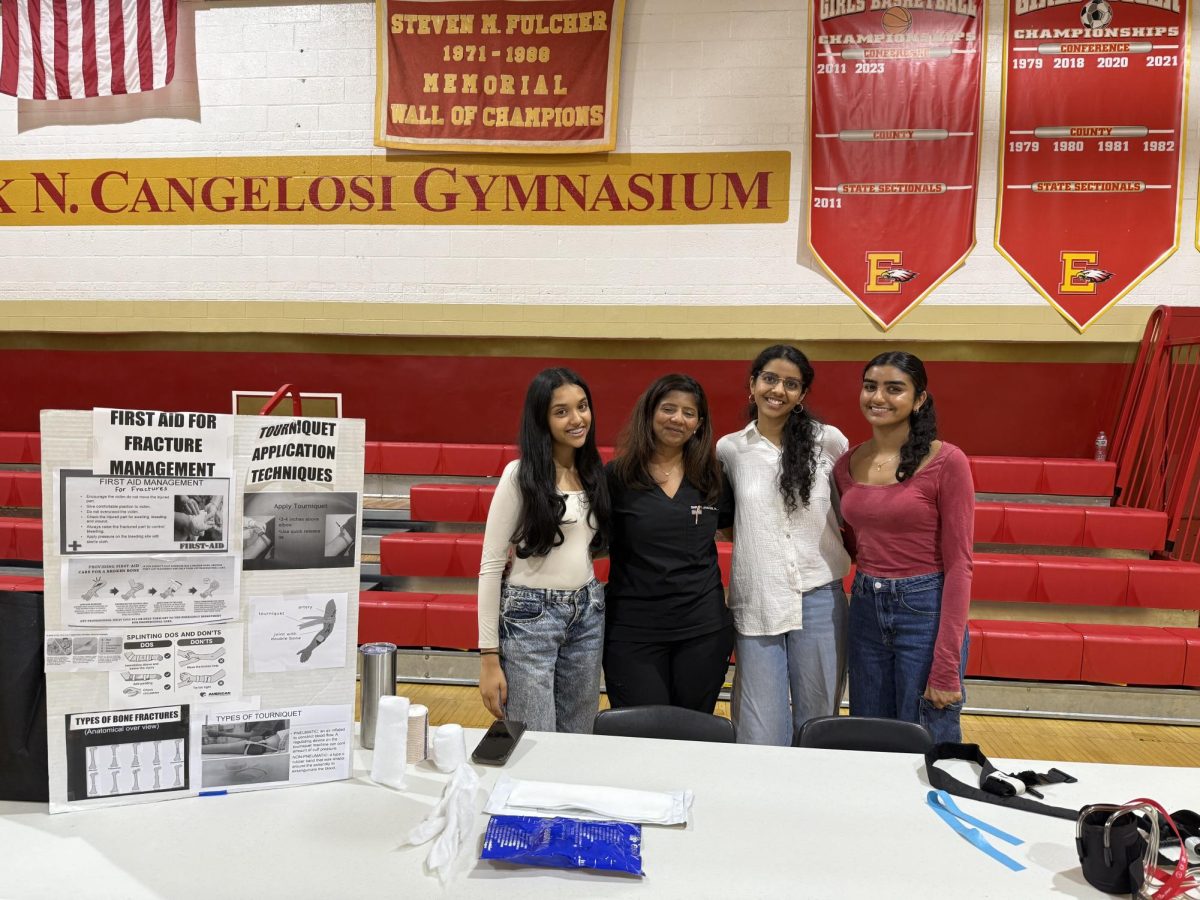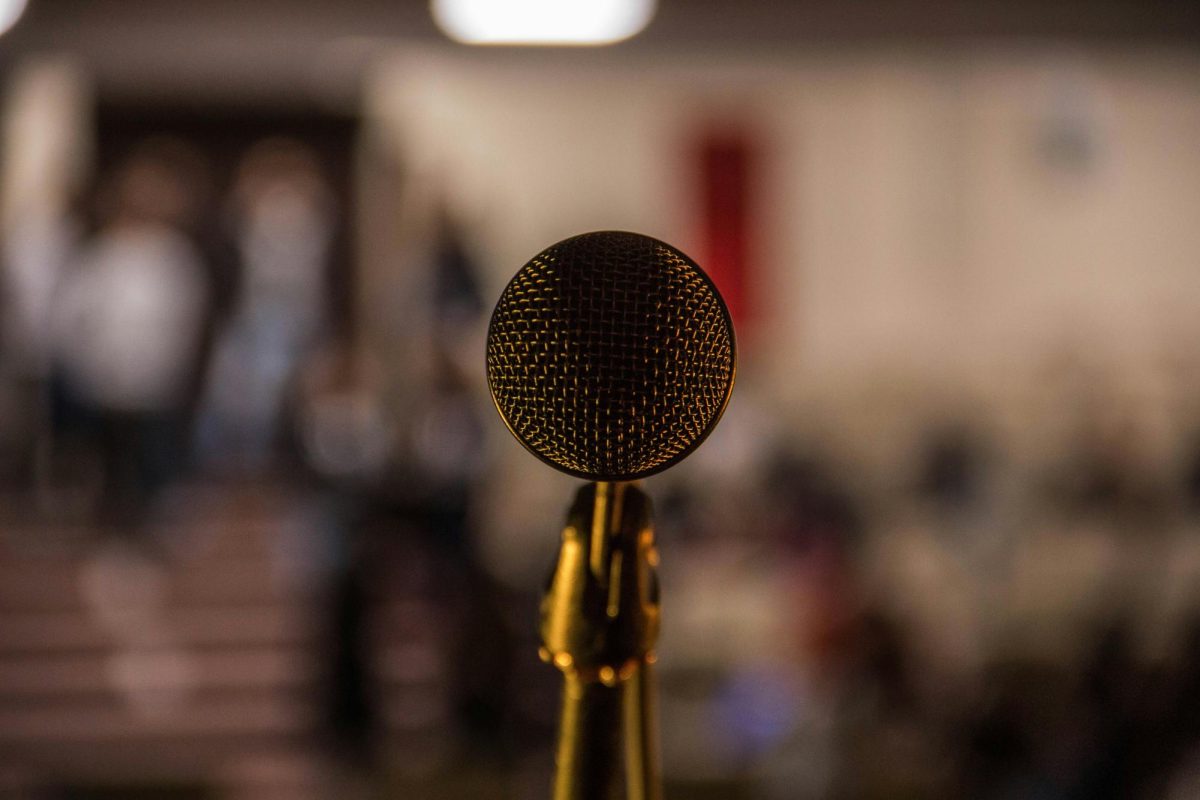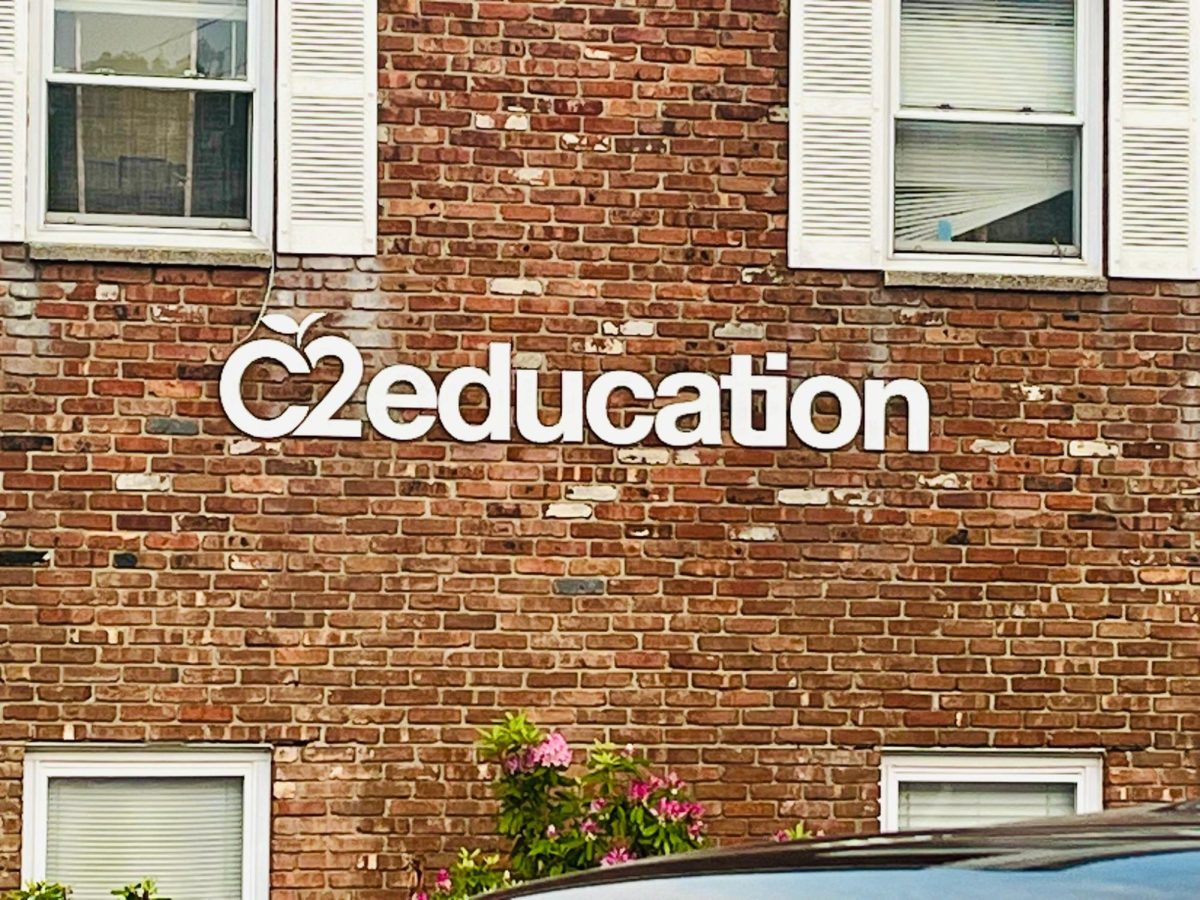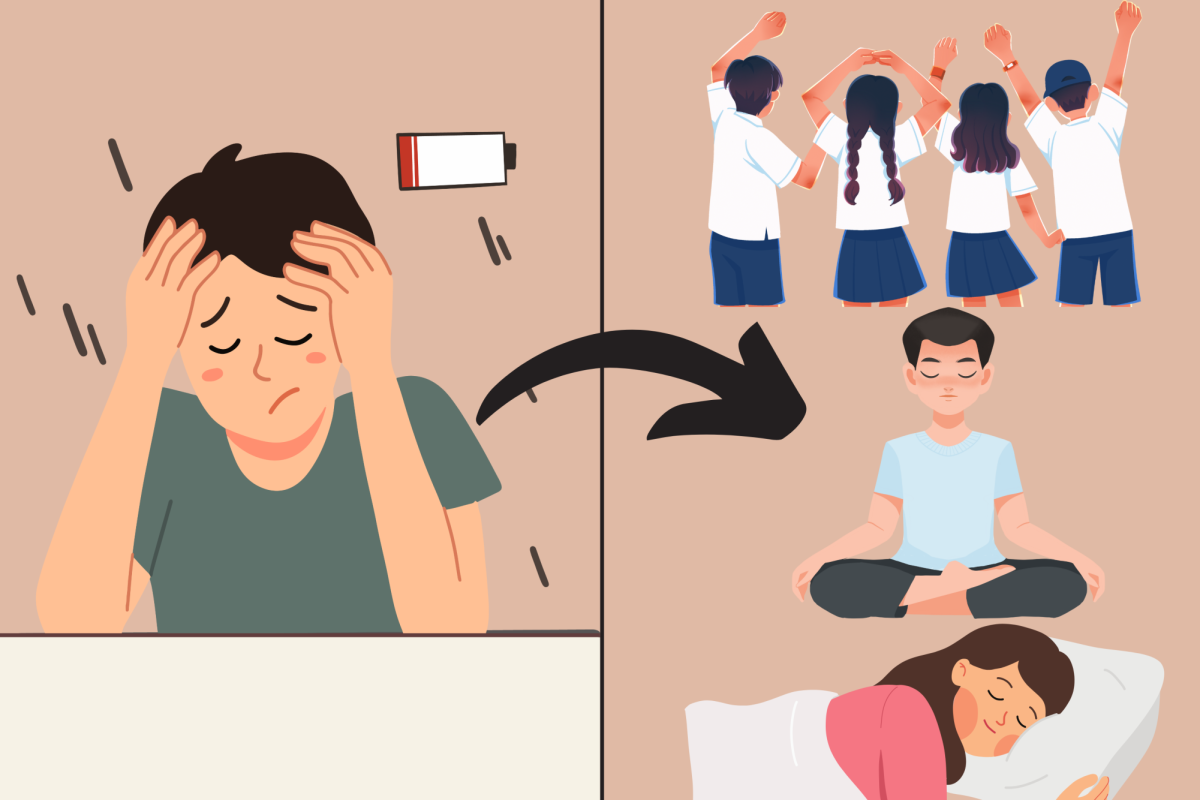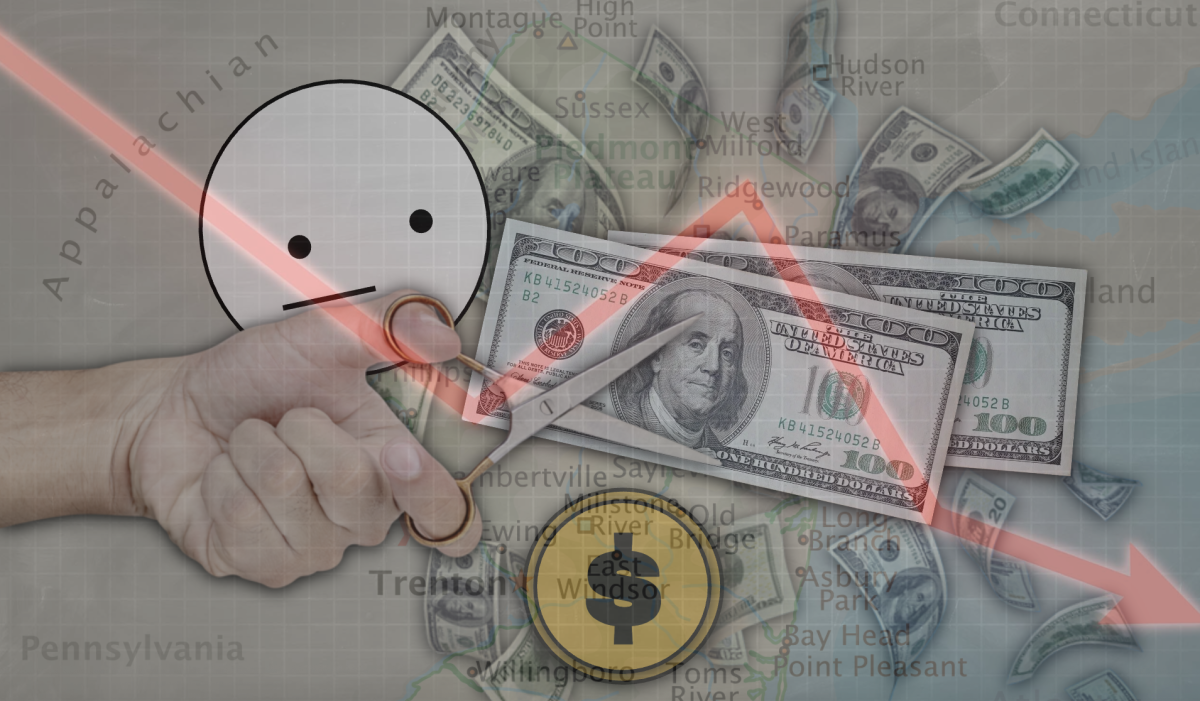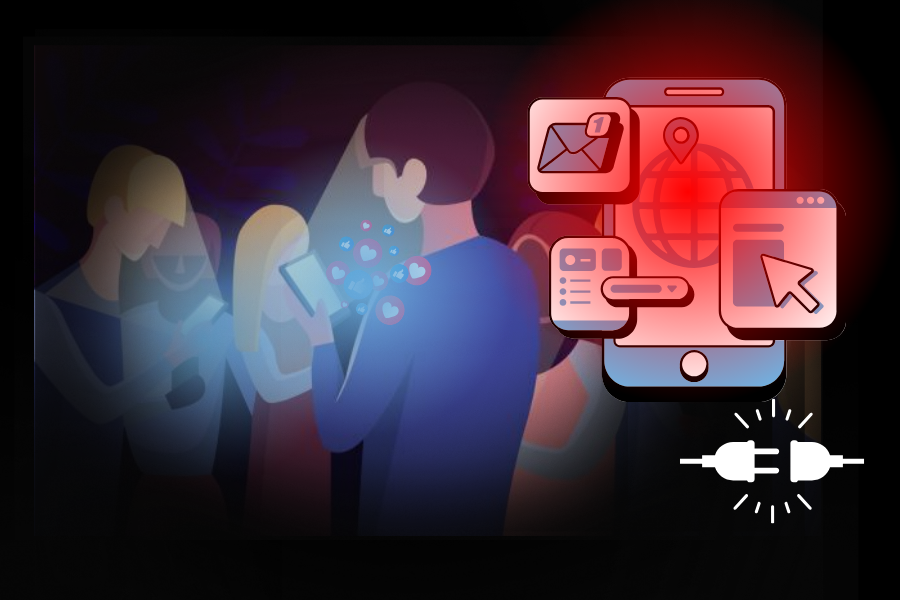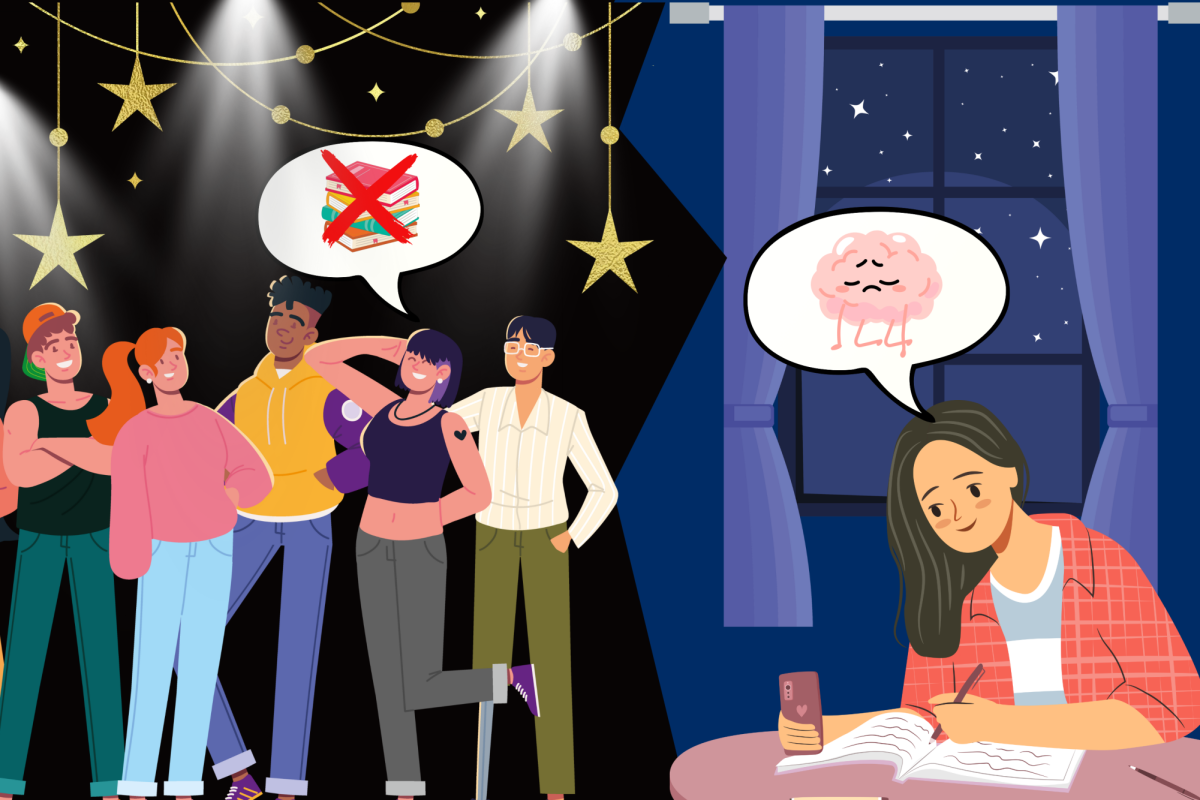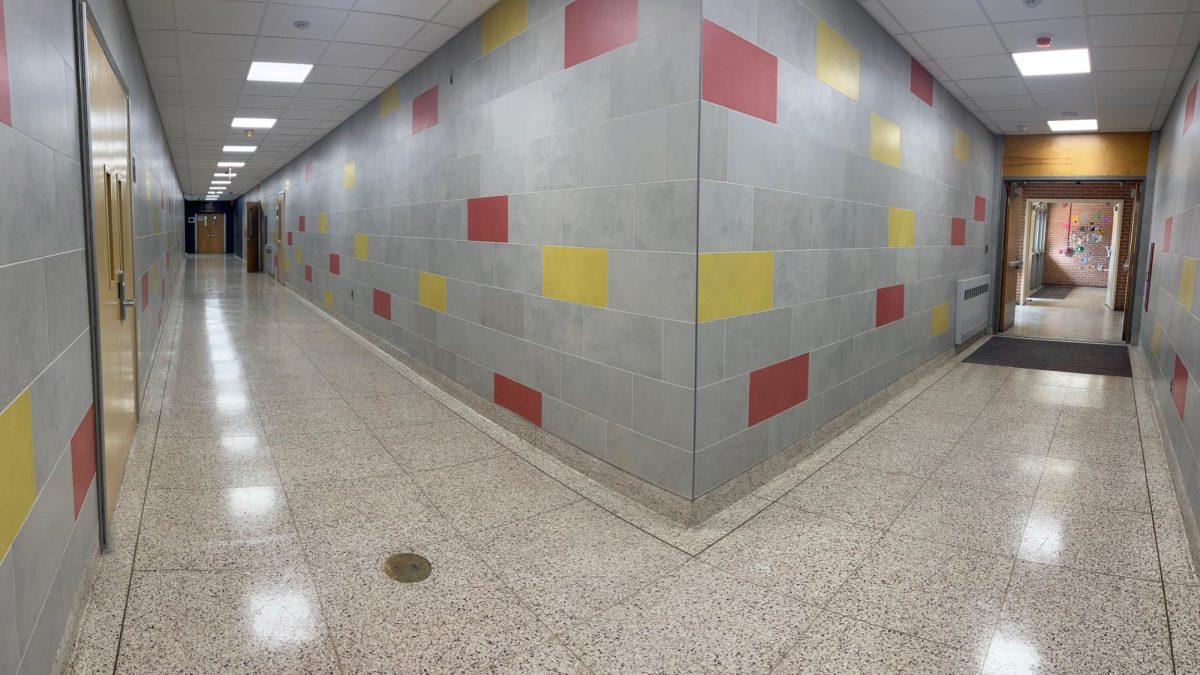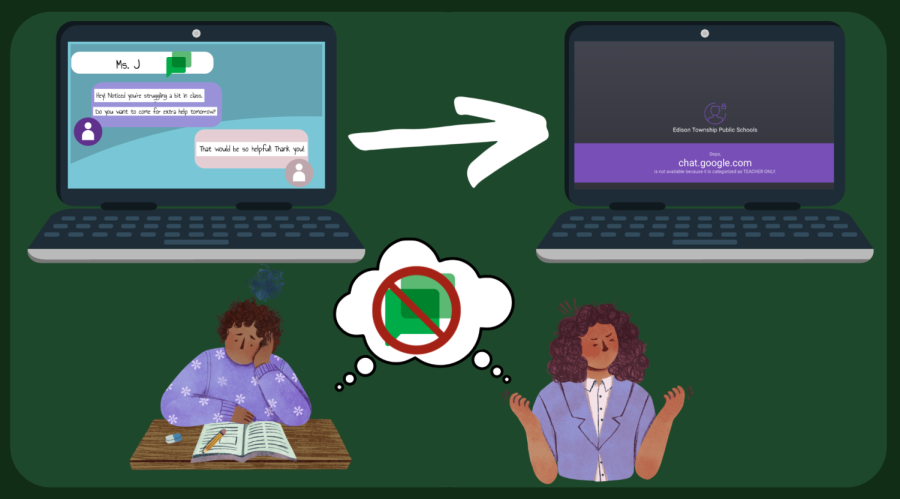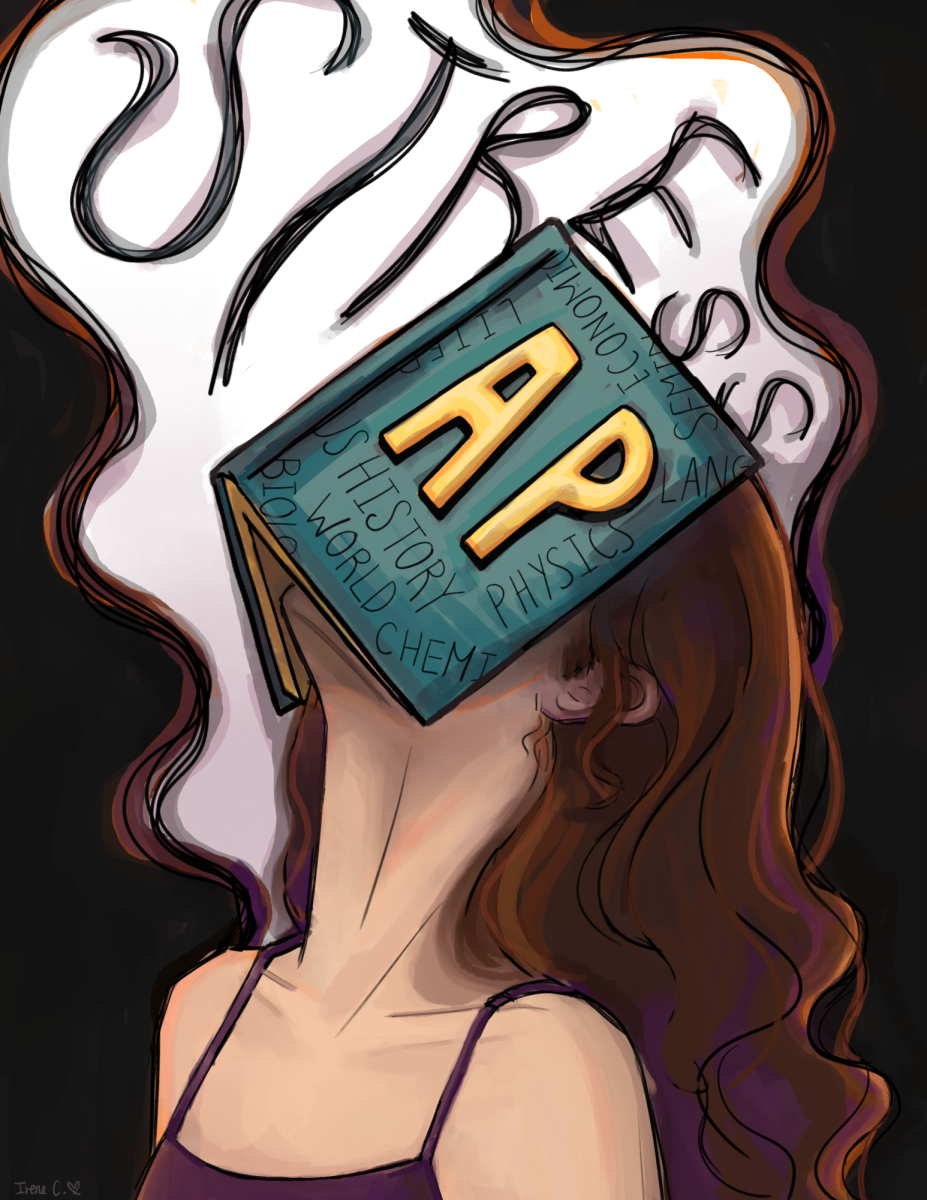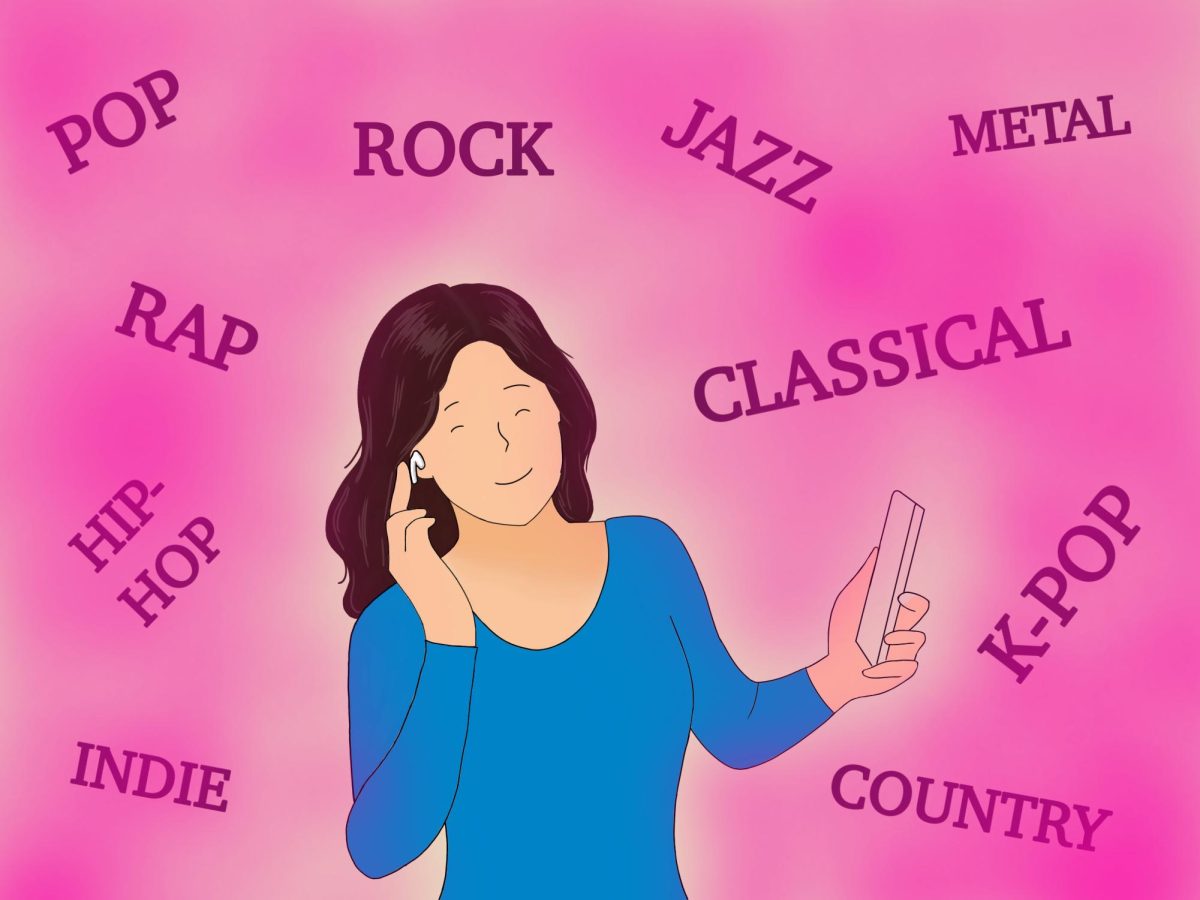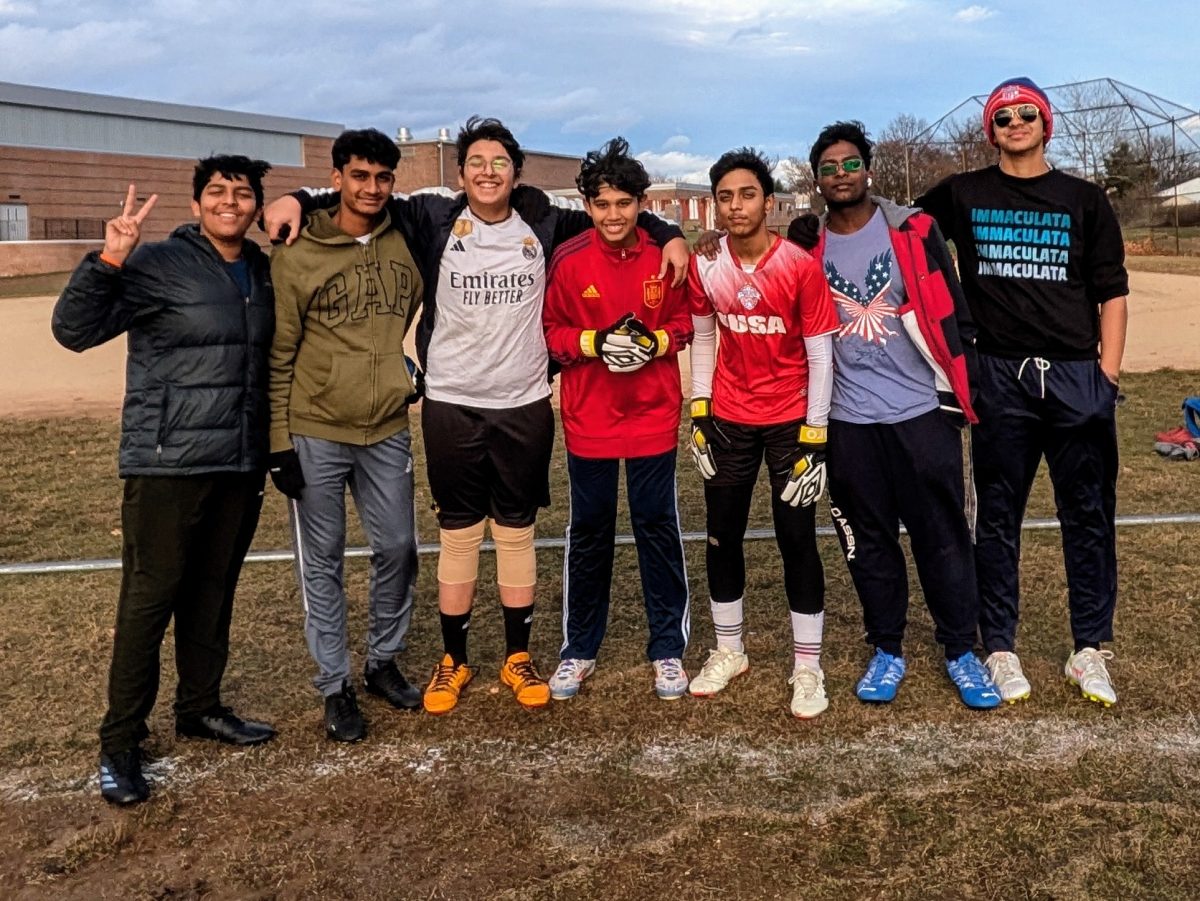There is an unmistakable difference between the student culture of today and that of decades past. There is a general sense of apathy, the feeling of indifference, and a lack of social investment among students that has recently taken center stage. Why is this?
A significant portion can be attributed to the increasing workload of the new generation. The fact of the matter is that students are in an academic arms race: the boundaries of what is possible are constantly being pushed.
The pressure to succeed has never been higher. Generation Z reports record-high rates of anxiety, depression, and loneliness. This is undoubtedly connected to the declining rates of college admissions, the increasingly competitive job market, and the increasing expectations of students due to resources provided by technology. It can often feel impossible to compete.
The standard coping mechanism for many is apathy. By choosing not to care about anything, nothing can hurt—a seemingly perfect compromise to avoid showing weakness while dismissing the ever-present mental health issues that continue to plague this generation.
As a result, there is a massive elephant in the room: society’s progress. Technology was created to support society, connect people, and make success more accessible. The logical conclusion is that society has continued to grow and improve, so what has caused this systemic indifference?
Simply put, most of Gen Z are unsure of what their future holds. Economic instability combined with ever-changing job markets due to the continued development of technology causes a sense of mental instability among many teens. Furthermore, with all the technological resources available, including online opportunity platforms, social media accounts, digital support, learning communities, and more, failure is simply not an option.
Technology has undoubtedly fueled the academic arms race by providing more resources and opportunities for learning, social communities, and internships. However, it has also added a new dimension to the general student zeitgeist by giving a new way to waste time. The cheap thrills of dopamine from social media have altered interactions compared to earlier, making them fewer and less substantial.
Moreover, technology has made people generally less inclined to step out of their social comfort zone. Making new friends has become more difficult than before, as technology creates a new barrier that hinders the initiative to talk to people. They may seem more intimidating or unapproachable when they have a screen in front of them.
The result? A collective reluctance to reach out. At times when there is an opportunity to start a conversation with an old friend or compliment a stranger, we instead turn to the multi-functioning machine burning a hole in our pockets.
In short, technology has become a coping mechanism for many teens. The constant flood of stimulation has caused an overall decline in the emotional and mental condition of children today.
The result? Apathy. The constant overstimulation has led to a sense of numbness, where nothing feels exciting or new. Students trudge through their day using their phone as a crutch, a momentary distraction as they wait in the lunch line or walk to their next class.
It’s far too easy to get lost in the infinite loop of content present on virtually every app. The endless stream of noise prevents us from acknowledging the goodness in the present moment, from connecting with those who matter, and genuinely feeling hope for the future.
What can be done to correct this? Simple social interaction. Instead of doomscrolling, taking the time to catch up with a friend with a call or text can make all the difference. Technology, despite its shortcomings, can still serve as a potent tool to connect people.
Moderation is the key.

